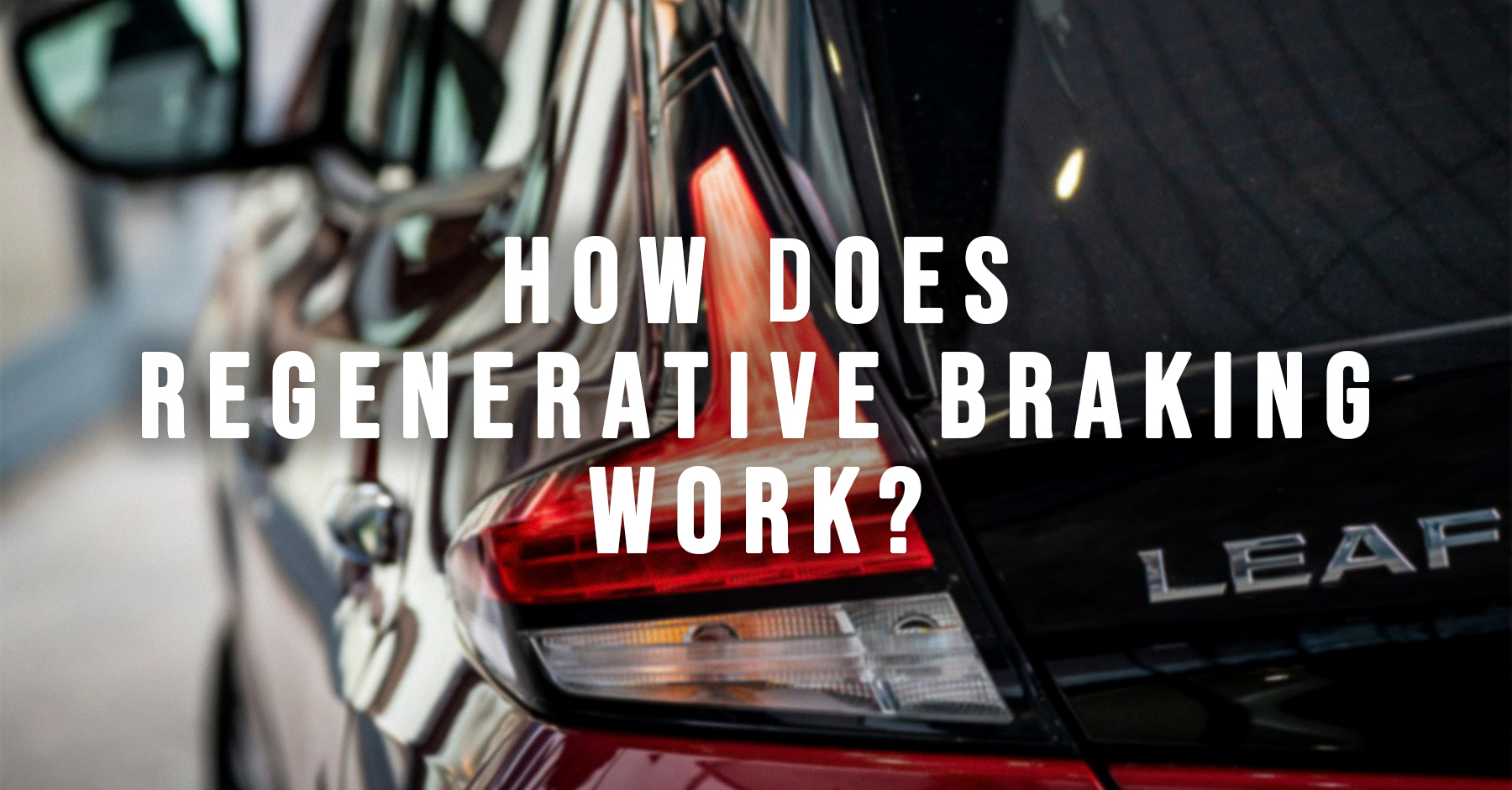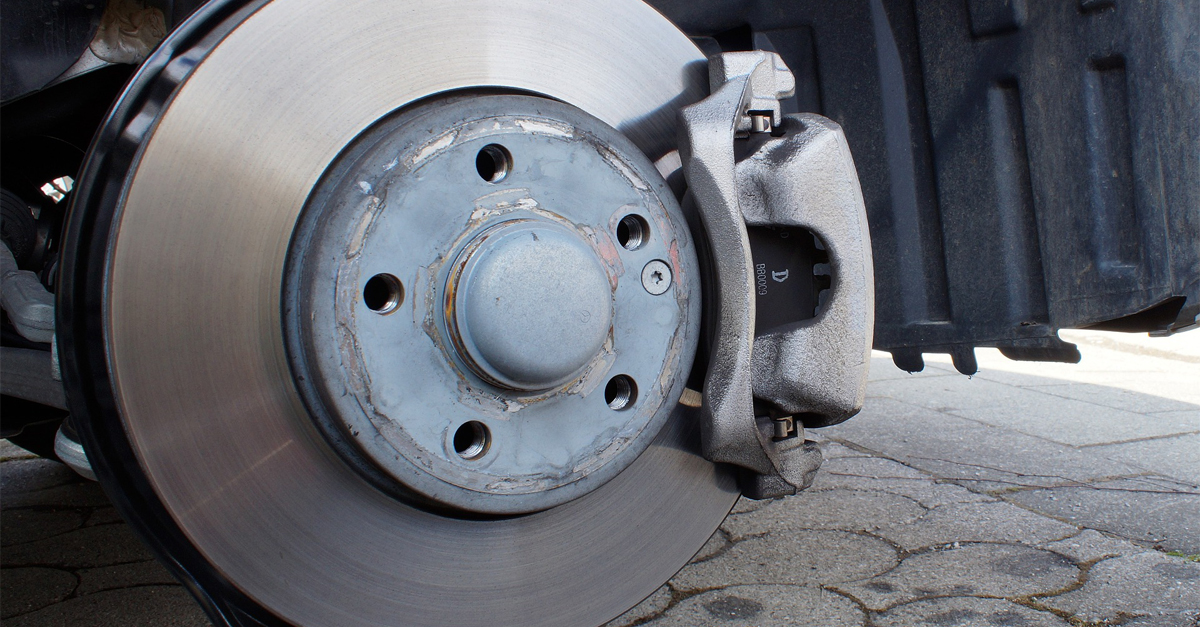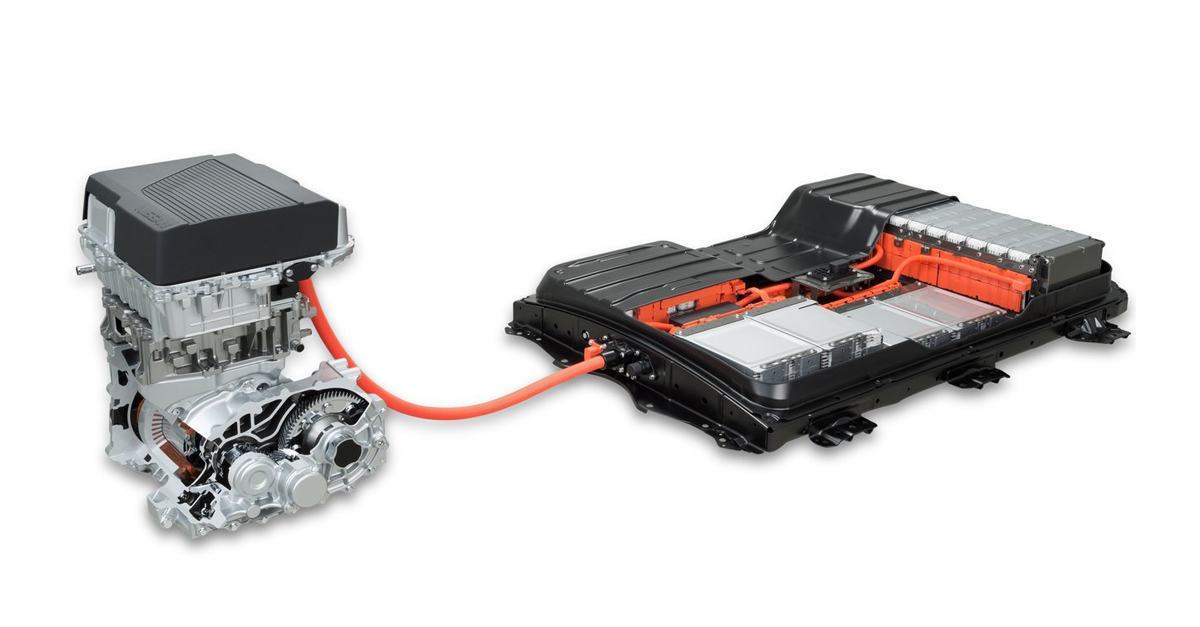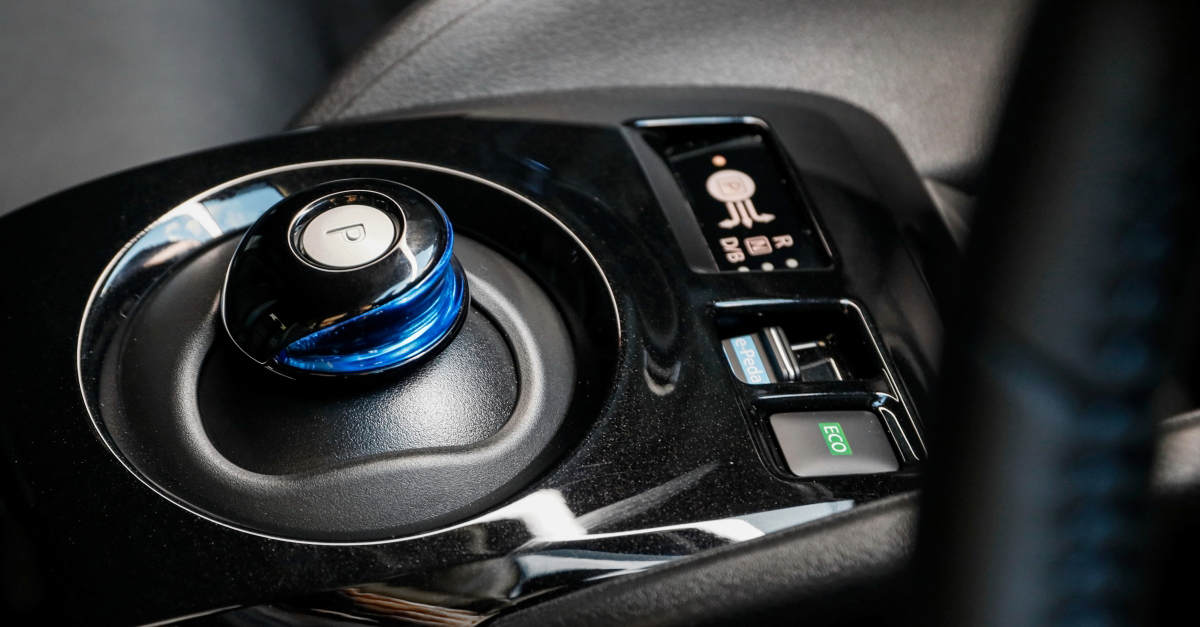How does regenerative braking work?
On By
If you’ve been looking at electric vehicles over the past couple of years then you might have come across the term ‘regenerative braking’ – but what does it mean and how does it work?
Wasted energy
In order to understand how regenerative braking works, we need to break down how braking in a petrol or diesel car works first.
In short, whenever you step on the brake pedal in an ICE vehicle, hydraulic fluid presses the brake pads against the brake discs which creates friction and slows the car down.

This process generates a lot of wasted energy such as heat when the pads and discs rub against each other. What makes regenerative braking in EVs so clever is that it’s able to send this ‘wasted’ energy back into the battery to extend the car’s range.
Regenerative braking is also used on many modern ICE cars as well. On petrol and diesel vehicles it can be used to charge the battery which powers the various electrical systems onboard.
This helps to lower the pressure on the engine which in turn can help to improve fuel efficiency too. However, on these types of vehicles, the role of regenerative braking takes a much more passive role than it does on EVs.
Ultimately, regenerative braking is a system that improves vehicle efficiency by reducing the amount of energy wasted when braking.
How does it work?
The electric motor, in a fully electric or hybrid car, runs in two directions. When moving forwards, it converts electrical energy into mechanical energy to drive the vehicle forwards.
When it runs in the opposite direction, the motor acts as a generator to convert mechanical energy into electrical energy to charge the battery.

The moment that you lift up your foot off of the accelerator, you’ll switch over to regenerative braking. The motor will begin turning in the opposite direction to recharge the battery using the ‘wasted’ energy that we mentioned previously.
This system will be different for every vehicle that has this feature. Depending on how the manufacturer has chosen to program it, some vehicles will feel more powerful than others.
An alternative hydraulic brake pedal will still be present on all cars if the regenerative braking isn’t slowing the vehicle down quickly enough for your liking.
One-pedal driving
Regenerative braking means the ability to drive your car with just one foot – press down to go and lift up to stop.
When your foot is completely off the pedal it should feel as if the brakes are pressed firmly on.
This type of driving is known as one-pedal driving and it’s a sensation that can take a bit of getting used to for first time EV drivers. A lot of manufacturers allow the regenerative braking strength to be adjusted by the driver to make this a more comfortable process.

E-Pedal is the name of Nissan’s one-pedal driving system. This can be turned on or off by flicking a switch that’s on the dashboard.
Other vehicles such as the popular Kia e-Niro have switches behind the steering wheel so you can adjust the level of regeneration for yourself.

